Supporting people to convert crops appropriately
Ea Dah commune is one of the localities with many ethnic minority villages and hamlets in the particularly difficult area of Krong Nang district (Dak Lak province). The rate of poor and near-poor households in the commune is still high compared to the general level of the district.
In the past 5 years, fabric trees have been chosen by many households as a new direction in developing the family economy. Some households have boldly converted bad land areas or coffee gardens and low-yield, old pepper springs to fabric growing. In the 2025 crop, the whole commune is estimated to produce about 2,000 tons of fabric.
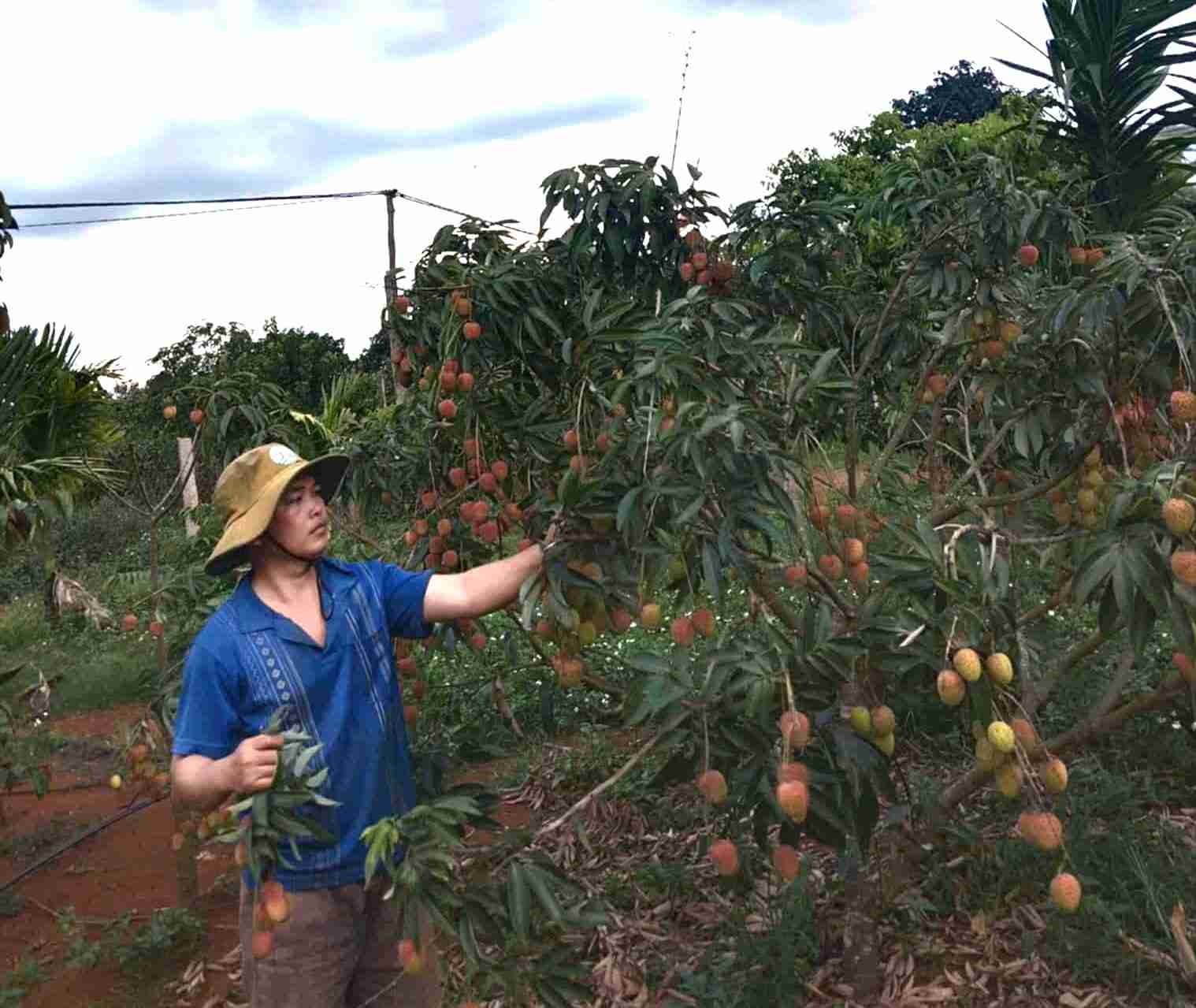
Mr. Pham Hong Thao - Head of the Farmers' Association of Giang Ha village, and also Chairman of the Ea Dah Agricultural - Youth Service Cooperative, said: "The cooperative currently has 30 hectares of fabric, with an average output of about 15 tons/ha. In the 2025 crop season, the expected output will increase by 18 to 20 tons/ha".
According to Mr. Thao, in recent years, many disadvantaged households in the village have boldly invested in growing fabric to develop the economy. He personally is always ready to share experiences, provide technical support to beginners, and at the same time connect and introduce outputs for agricultural products of local people.
Although the price of fabric purchased at the garden is currently decreasing, reality shows that this is still a crop with the potential to help local people, especially poor households, develop the economy sustainably. In recent years, fabric trees have contributed to improving the lives of many households in the area.
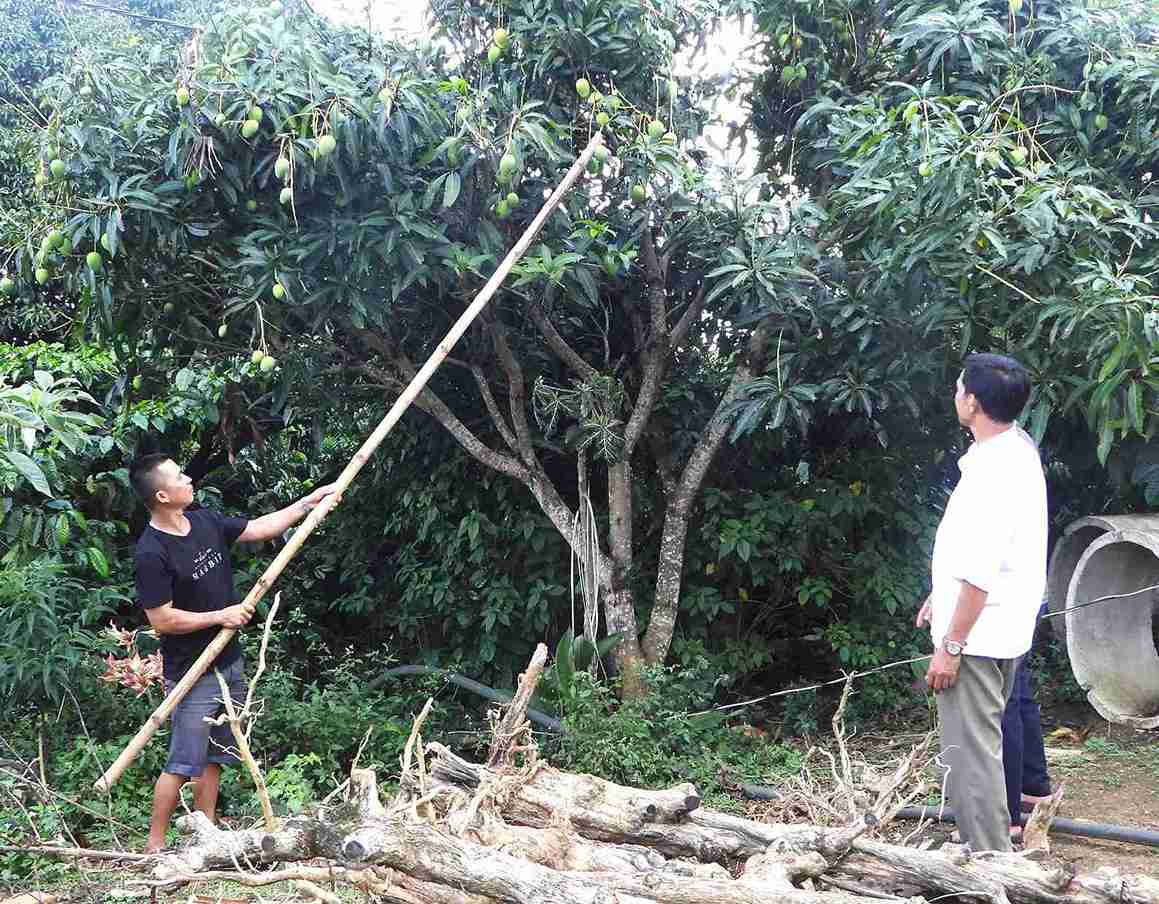
Ms. Pham Thi Phuong Lan - Chairwoman of the Farmers' Association of Ea Dah commune shared: "The soil and soil are suitable for growing fabric. Many poor and near-poor households in the locality have approached the fabric tree growing model to hope for a better life".
According to Ms. Lan, poor and near-poor households in ethnic minority areas who want to grow lychee trees for economic development will be enthusiastically guided by commune officials.
In addition, we also asked experienced fabric growers to share their care methods to help beginners minimize risks.
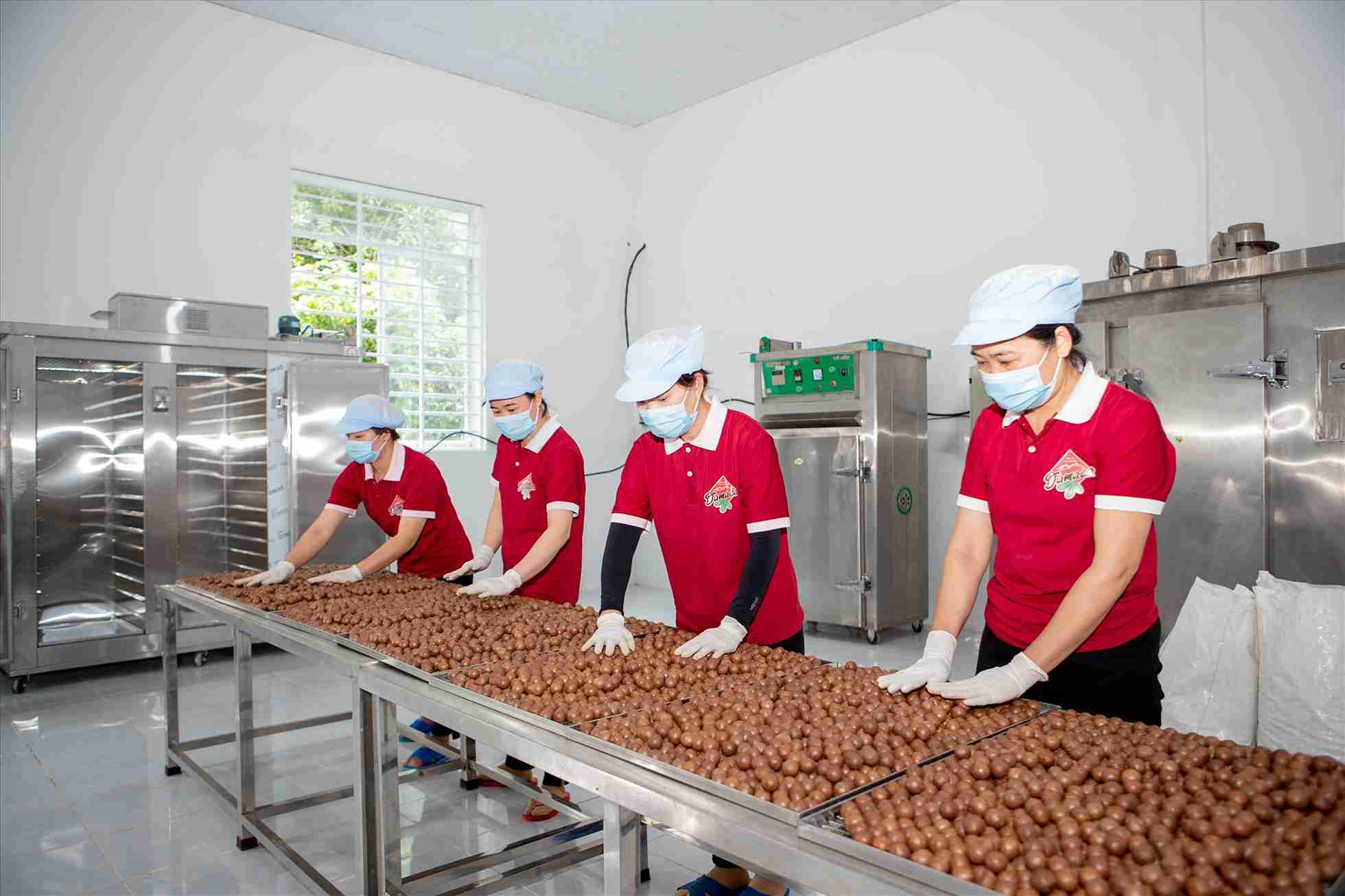
"Some poor and near-poor households in the commune have planted and harvested this type of tree well. Local authorities are always closely monitoring the situation to help people have an output for agricultural products," Ms. Lan added.
Accompanying people in developing the economy
The leader of the People's Committee of Krong Nang district said: "Developing fruit tree growing models (sure durian, fabric, macadamia...) is considered one of the effective and sustainable directions to help rural people escape poverty and increase their income.
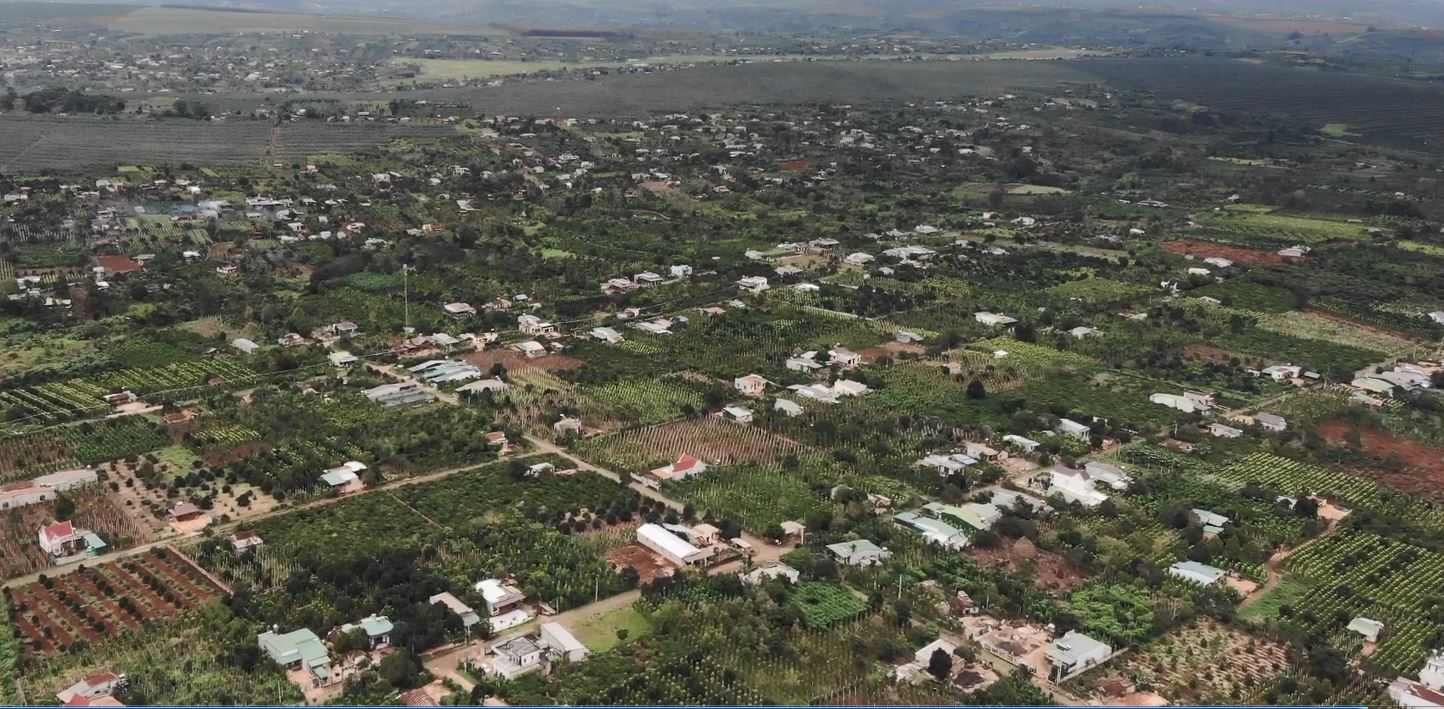
Clearly recognizing the potential and advantages of the locality, the People's Committees of the communes have issued policies and close instructions to encourage people to develop fruit trees. In particular, crops must be linked to the consumer market, thereby creating a breakthrough in sustainable poverty reduction".
According to the leader of the People's Committee of Krong Nang district, in addition to supporting high-quality plant varieties, the People's Committee of the district focuses on improving production capacity for people through organizing training courses, seminars, and transferring farming techniques towards biological safety, organic safety or VietGAP.
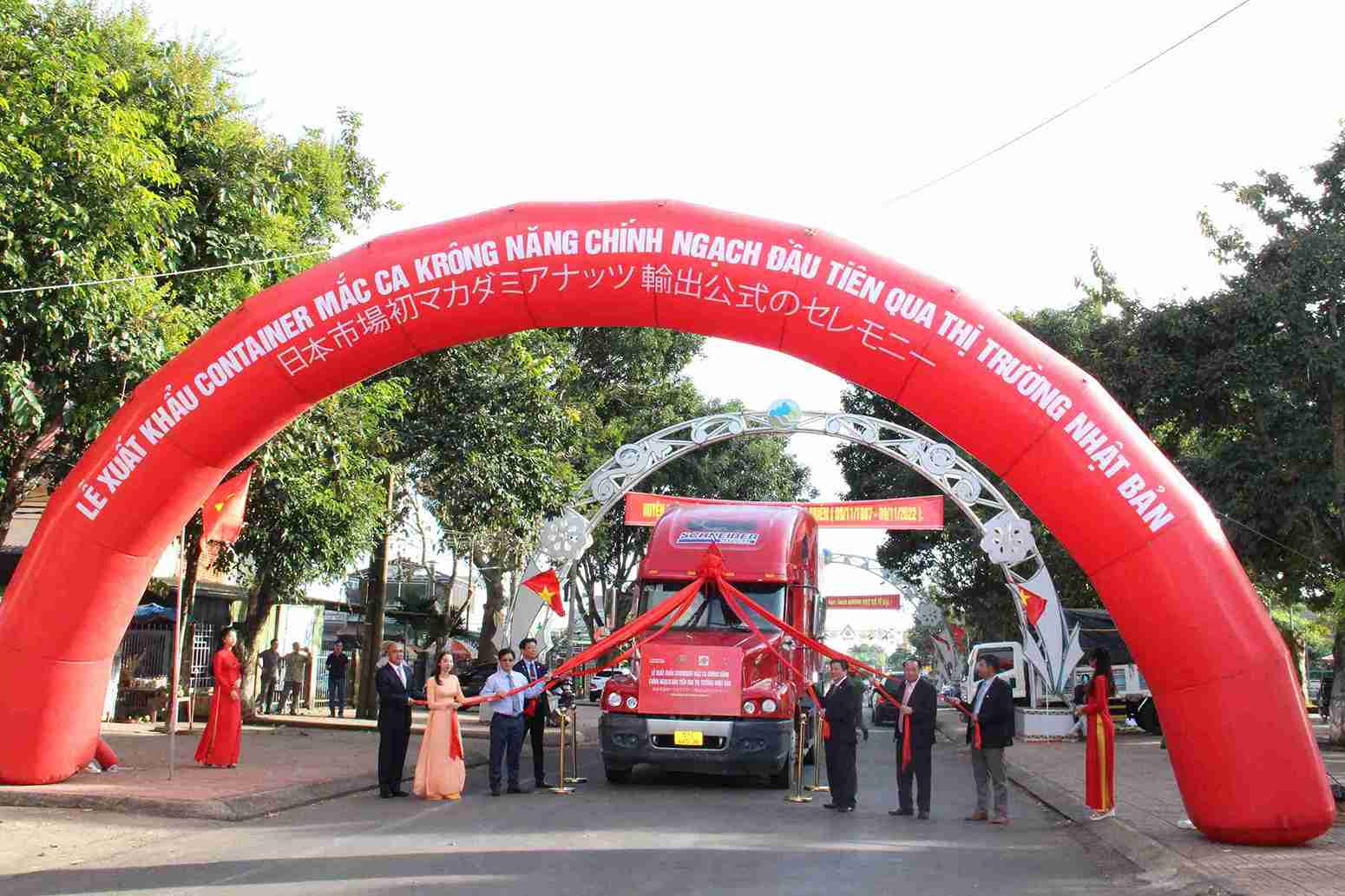
In addition, allocating resources to implement national target programs, Krong Nang district also directed the development and replication of effective fruit tree planting demonstration models for people to learn and apply.
"Many families have been more proactive in production, boldly investing in crop conversion, bringing clear economic efficiency. Since then, many households in ethnic minority areas have escaped poverty sustainably," the leader of the People's Committee of Krong Nang district excitedly shared.











